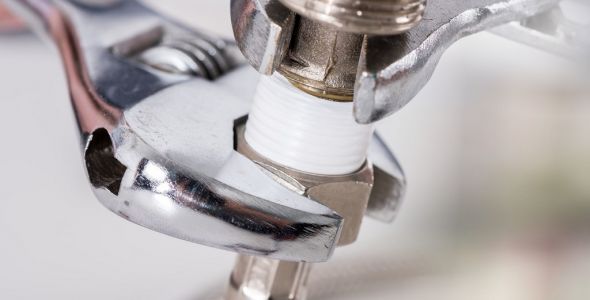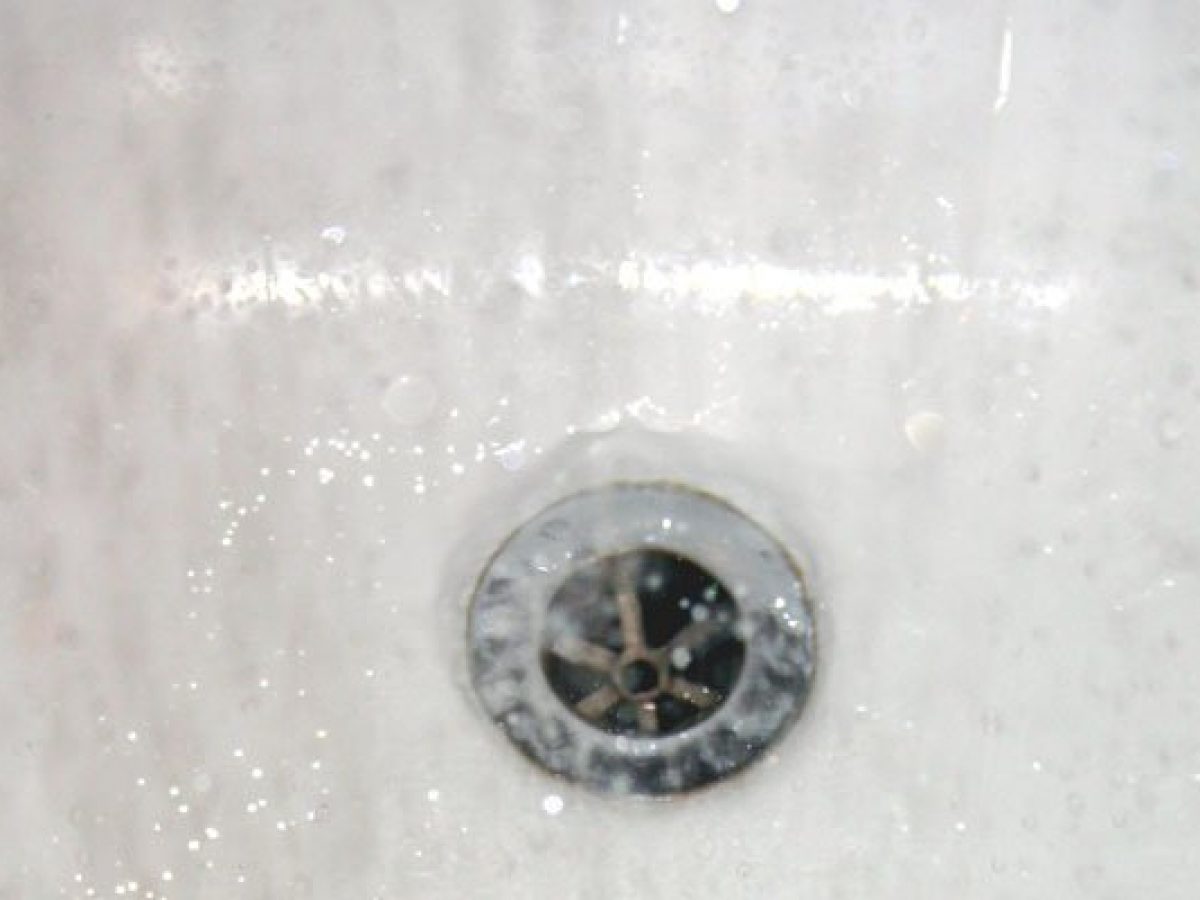Leading Ways to Preserve Your Plumbing From Bursting in Cold Temperatures
Leading Ways to Preserve Your Plumbing From Bursting in Cold Temperatures
Blog Article
How do you feel with regards to Prevent Freezing and Bursting Pipes?

All home owners that live in warm environments need to do their ideal to winterize their pipes. Failure to do so can mean disaster like frozen, split, or ruptured pipelines.
Attempt a Hair Clothes Dryer or Warmth Weapon
When your pipes are almost freezing, your reliable hair clothes dryer or warm weapon is a godsend. If the hot towels do not assist remove any type of working out ice in your pipelines, bowling hot air straight into them may aid. You might end up harmful your pipelines while trying to melt the ice.
Open Up Closet Doors Hiding Plumbing
When it's cold outside, it would be valuable to open cupboard doors that are concealing your pipelines. They might be someplace in your kitchen area or shower room. This will permit the cozy air from your heating system to flow there. Consequently, you stop these exposed pipelines from freezing. Doing this small method can keep your pipes cozy as well as restrict the possibly unsafe outcomes of freezing temperature levels.
Take Some Time to Wrap Exposed Pipeline
One clever and also very easy hack to heat up freezing pipes is to cover them with cozy towels. You can cover them first with towels. After securing them in position, you can put boiling water on the towels. Do it gradually to allow the towels absorb the liquid. You can likewise use pre-soaked towels in hot water, just do not forget to wear protective handwear covers to protect your hands from the heat.
Switch on the Faucets
When the temperature drops and also it seems as if the icy temperature will certainly last, it will certainly aid to switch on your water both indoors as well as outdoors. This will keep the water flowing via your plumbing systems. Furthermore, the motion will decrease the cold procedure. Significantly, there's no demand to turn it on full blast. You'll end up wasting gallons of water by doing this. Rather, go for regarding 5 decreases per minute.
Shut down Water When Pipelines are Frozen
Switch off the major water valve promptly if you see that your pipes are entirely icy or almost nearing that phase. You will typically discover this in your basement or laundry room near the heating unit or the front wall surface closest to the street. Transform it off right now to prevent further damage.
Don't neglect to shut exterior water sources, too, such as your connection for the yard home. Doing this will certainly protect against extra water from filling out your plumbing system. However, with more water, more ice will certainly pile up, which will eventually cause rupture pipes. If you are not sure about the state of your pipelines this winter months, it is best to call an expert plumber for an examination. Taking this positive approach can save you thousands of bucks out of commission.
All house owners who live in temperate climates need to do their best to winterize their pipes. Failure to do so can lead to disaster like frozen, cracked, or ruptured pipelines. If the warm towels do not aid remove any kind of settling ice in your pipelines, bowling warm air straight into them may help. Turn off the main water valve promptly if you discover that your pipelines are completely frozen or almost nearing that stage. With more water, more ice will load up, which will ultimately lead to rupture pipelines.
PREVENT YOUR PIPES FROM FREEZING THIS WINTER
A Leading Cause of Property Damage
When the weather is taking a deep nose dive into the cold dreary days, the risk of your pipes freezing and potentially bursting skyrockets. Unfortunately, during these cold dreary months, burst pipes are the most common denominator for property damage. The pipes that are most at the risk are those that are in areas where it is most cold in your home. For instance, pipes located in interior places such as basements, attics, and your garage. Unfortunately, that doesn’t mean that the pipes running through your cabinets or exterior walls can’t freeze. Good news, however, is that you can do things to help prevent pipes from freezing.
How to Prevent Pipes From Freezing
Once the temperature starts to drop during the winter, you should be taking the proper measures needed to ensure that your pipes stay warm and that there is circulation of water through them. Some steps that experts may recommend could go against your better judgement when it comes to saving water and heat. However, it would go without saying that when expenses are compared, damaged pipes could put a bigger dent in your wallet than a water bill.
What Can I Do?
Keep your garage door closed. This is very important, especially if you have water supply lines running through your garage. Open your kitchen and bathroom cabinets to allow warm air to circulate through them. Allow air circulation throughout your home. Keeping the interior doors open will once again allow the warm air to circulate inside your home. Ensure your thermostat is running the same temperature throughout the night and day. If you plan to be away from home during the cold months, set your temperature no lower than 55° F. This should provide enough heat to keep the pipes warm and prevent any remaining water inside the pipes from freezing. For more of a long-term solution, add insulation to attics, basement, and other crawl spaces around your home. By allowing your faucet to drip, it will alleviate pressure in the system. This is important because the pressure that is created between the blockage and the faucet can potentially cause the pipes to burst. Allowing the faucet to drip will prevent the pressure from building up, therefore keeping the pipes from bursting. Seal any cracks, openings, and crawl spaces around your home to prevent cold air from coming inside. This keeps your pipes-not to mention your home-warmer and less susceptible to issues caused by freezing temperatures. For the pipes in your home that are easily accessible, applying electrical tape to them might prevent them from freezing over. This is a quick fix, as you can apply the tape directly to the pipe. There are two options for heating tapes. One turns on and off by itself when it senses heat is needed. The other type of heating tape needs to be applied when heat is needed and removed when not necessary. If you have exposed pipes in your home, you can check this website to take a look at a few options that would be available at a shop near you.

I hope you enjoyed reading our excerpt about How to stop pipes from freezing during the winter. Many thanks for taking the time to read our posting. So long as you enjoyed our article please remember to pass it around. Thanks a lot for your time. Please pay a visit to our website back soon.
Leak detection needed? Report this page